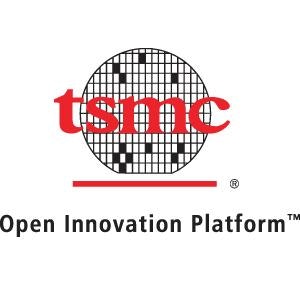One of the greatest difficulties in the smartphone market is making a product that can sell in enough quantity to be profitable. After all, smartphones have to operate at greater economies of scale in order to be able to be sold at all.
Understanding the ecosystem
First and foremost, you need to order enough chips from semiconductor manufacturers to make it worthwhile for them to ship any products to you. That’s a natural barrier to entry that makes it difficult for just anyone to build and market a phone. This means that competing in the smartphone space is not going to be as simple as opening up your own realty company or apartment community.
In a single month, for Taiwan Semiconductor Mfg. Co. Ltd. (NYSE:TSM) to consider building chips using whatever specifications a manufacturer demands would require the monthly capacity to at least be above 10,000 wafers. At 148 die per wafer, a company would need to at least order 10,000 x 148 = approximately 1.5 million in chips per month, or about 17.8 million chips per year.
There aren’t a lot of companies that can enter into the market and sell 1.5 million phones in their first year. Going forward, Taiwan Semiconductor Mfg. Co. Ltd. (NYSE:TSM) is likely to maintain a large percentage of the total global market in pure-play foundries.
The company believes that it can remain competitive by providing software to third parties that will allow them to design their own chips to be manufactured in a Taiwan Semiconductor Mfg. Co. Ltd. (NYSE:TSM) fab (design-for-manufacturing). The company currently has 45% market share in the fabrication segment and believes that tablets will contribute to the company’s growth.
Taiwan Semiconductor Mfg. Co. Ltd. (NYSE:TSM) projects that the tablet market will growth at a 23% compound annual growth rate between 2012 and 2017. The company believes that its current strategy will be effective in emerging applications. The company projects that the total semiconductor market will grow by 3% year-over-year in 2013. Foundry sales are projected to grow at a much higher rate than the total semiconductor market with analysts forecasting 19.9% sales growth for fiscal year 2013 for Taiwan Semiconductor Mfg. Co. Ltd. (NYSE:TSM).
Some say that QUALCOMM, Inc. (NASDAQ:QCOM) could be the middle-man that buys the chips and then redistributes them, but that is not the case. As Qualcomm states,
Through our own R&D accomplishments and through strategic partnerships with other forward-thinking companies, Qualcomm develops the breakthrough technology wireless companies need to power their business. We then openly license these innovations across the wireless industry, providing all companies-big or small-an equal opportunity to shape the future of wireless.
In other words, QUALCOMM, Inc. (NASDAQ:QCOM) has no distribution–what it does is license its intellectual property so that smaller companies can take the intellectual property and use it to place orders with some of the major fabricators like Global Foundries and Taiwan Semiconductor. Qualcomm’s growth is pretty much reassured as the company provides radio and processor technologies for smartphones.
The company also envisions tremendous potential in the machine-to-machine communications market, which has the potential to reach 50 billion machines, and 100 billion objects. QUALCOMM, Inc. (NASDAQ:QCOM) has many sources of growth making it feasible for the company to meet the 18% growth rate projected by analysts for the next five years. Also, let’s not forget Taiwan Semiconductor Mfg. Co. Ltd. (NYSE:TSM) will pump out 45% of those 100-billion chips for machines






